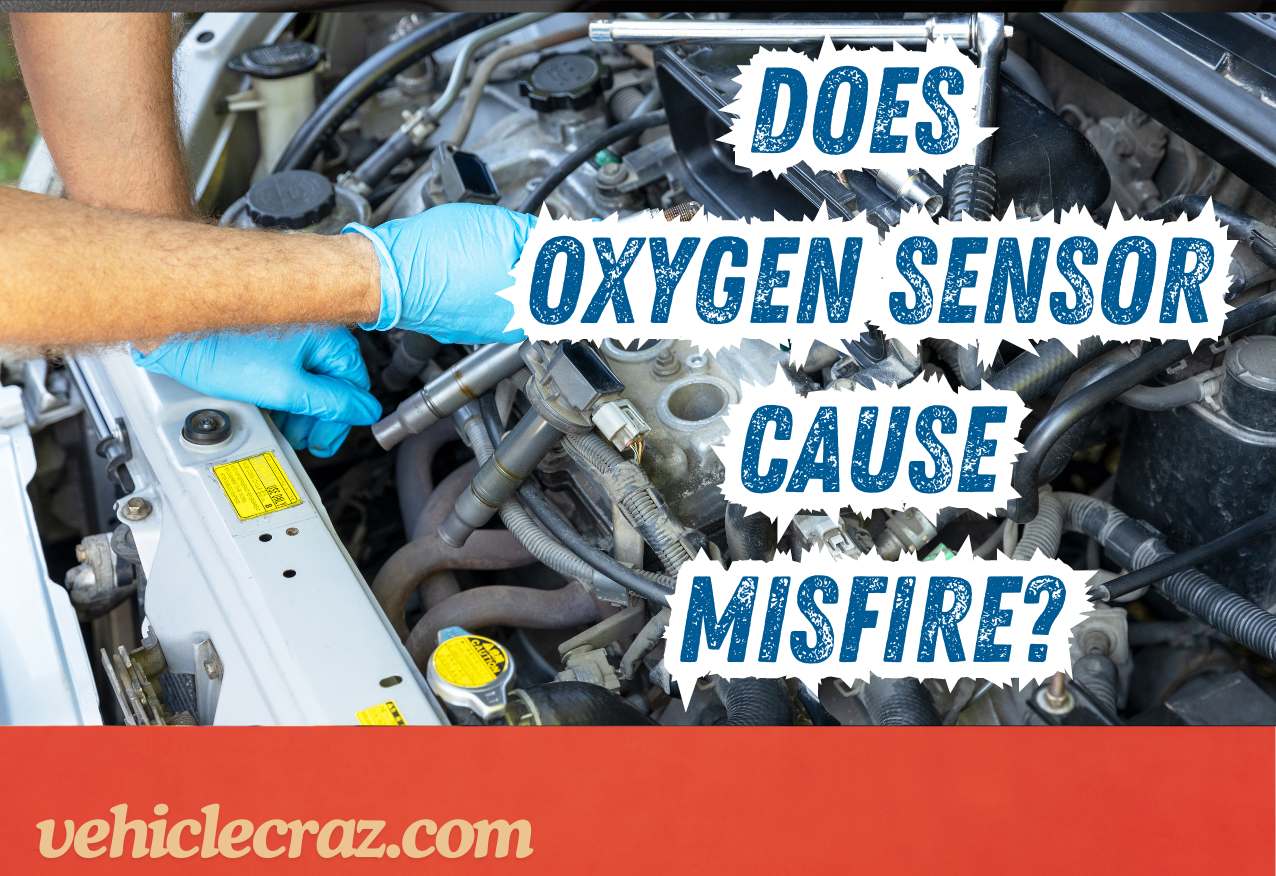Preventing oxygen sensors from potentially causing misfires involves proactive maintenance and care.
Regular Maintenance
Schedule routine inspections and replace oxygen sensors as recommended by your vehicle manufacturer or mechanic. This helps prevent sensor degradation or failure before they impact engine performance.
Use Quality Parts
Ensure that replacement oxygen sensors are of high quality and compatible with your vehicle’s make and model. Inferior parts can malfunction sooner or fail to provide accurate readings.
Avoid Contaminants
Minimize exposure of oxygen sensors to contaminants like oil, silicone, or fuel additives. These substances can coat the sensor’s elements, reducing its sensitivity and accuracy over time.
Correct Installation
Properly install oxygen sensors using recommended procedures and torque specifications. This ensures they operate correctly and are not physically damaged during installation.
Address Other Engine Issues
Misfires can be caused by factors other than oxygen sensors, such as faulty spark plugs, clogged fuel injectors, or vacuum leaks. Regularly inspect and maintain these components to reduce the likelihood of misfires.
Avoid Harsh Driving Conditions
Extreme driving conditions, such as prolonged idling, frequent short trips, or driving in dusty environments, can accelerate sensor wear. Try to minimize these conditions when possible.
Monitor Engine Performance
Pay attention to signs of potential oxygen sensor issues, such as a check engine light, decreased fuel efficiency, or rough engine idling. Prompt diagnosis and repair can prevent further damage and potential misfires.
Symptoms of Misfires Caused By Oxygen Sensors
Misfires caused by oxygen sensor issues can manifest through various symptoms, indicating potential problems in engine combustion and sensor functionality.
- The engine may idle roughly or inconsistently, with noticeable vibrations or shaking felt through the vehicle.
- There might be a noticeable decrease in engine power and acceleration, especially under load or during acceleration.
- Misfires can lead to inefficient combustion, causing increased fuel consumption and reduced mileage per gallon.
- A malfunctioning oxygen sensor can trigger the vehicle’s onboard diagnostics system, illuminating the check engine light on the dashboard.
- When accelerating or maintaining speed, the engine may hesitate or stumble intermittently, indicating irregular combustion in one or more cylinders.
- Failed oxygen sensors can lead to increased emissions of pollutants, potentially causing a vehicle to fail emissions tests or exceeding environmental standards.
- In some cases, faulty oxygen sensors can cause abnormal exhaust odors, such as a noticeable fuel smell or excessive emissions.
- Difficulty starting the engine, especially when cold, can be another symptom of oxygen sensor-related misfires affecting fuel mixture and ignition timing.
How Can I Diagnose Oxygen Sensor Problems?
Diagnosing oxygen sensor issues involves utilizing diagnostic tools, interpreting error codes, and conducting visual inspections. Start by using an OBD-II scanner to retrieve trouble codes like P0130 (upstream sensor) or P0141 (downstream sensor) which pinpoint sensor malfunctions.
Live data analysis from the scanner provides real-time sensor readings, aiding in identifying irregularities in voltage or response times. Interpret codes indicating lean or rich fuel conditions, crucial in assessing sensor impacts on fuel mixture.
Additionally, inspect sensor wires and connectors for wear or corrosion, and check for contamination on the sensor itself, such as oil ash or silicone deposits. Ensure the exhaust system is intact to prevent secondary sensor issues.
Testing sensor responsiveness through heat cycling and comparing voltage outputs against specifications completes the diagnostic process. Following manufacturer guidelines and consulting service manuals enhances accuracy in identifying and resolving oxygen sensor problems, promoting efficient engine performance and emission control.





![Temperature Gauge Going Up and Down? [FIXED]](https://vehiclecraz.com/wp-content/uploads/2024/01/VehicleCraz.com-9-768x524.jpg)



![Coolant Mixed With Transmission Fluid? [Causes And Fixes]](https://vehiclecraz.com/wp-content/uploads/2024/03/Maximum-Level-3-768x524.jpg)